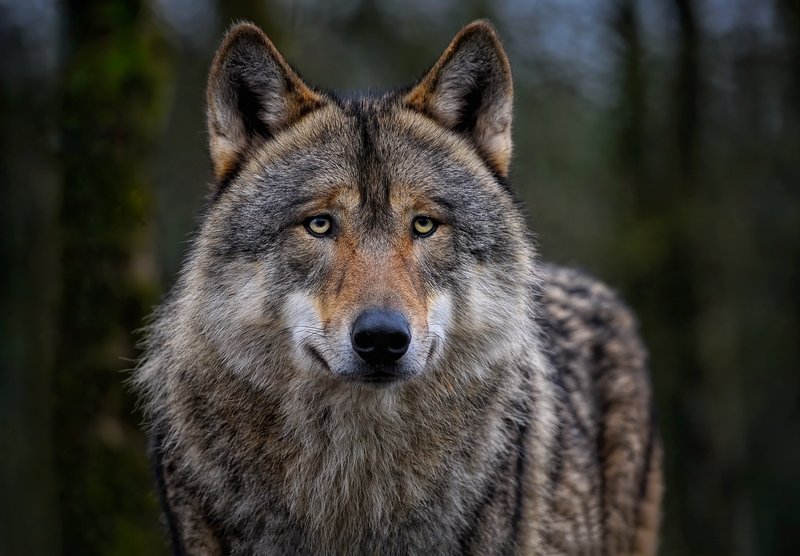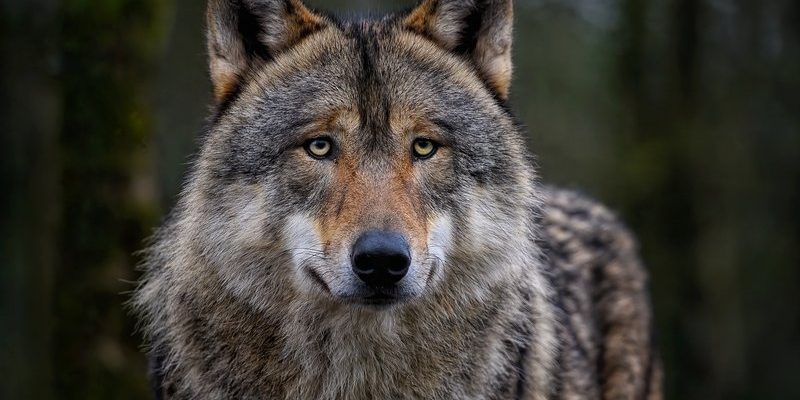
So, why should we care about this lifecycle? Well, understanding the wolf worm’s journey can shed light on broader ecological systems and even influence agricultural practices. Whether you’re a curious nature lover or someone keen on learning about nature’s intricacies, the story of the wolf worm is sure to captivate your imagination. Let’s dive into this intriguing lifecycle together!
1. The Beginning: Egg Stage
Every story has a start, and for the wolf worm, that beginning is an egg. Adult female botflies lay their eggs on warm-blooded hosts, which could be anything from rabbits to humans. These eggs are tiny, almost invisible to the naked eye, and usually placed in a cluster.
When the conditions are right—like warmth from the host’s body—the eggs hatch within a few days. You might be wondering how the eggs detect this warmth. It’s actually a fascinating survival mechanism! The developing larvae sense the temperature and humidity, signaling it’s time to break free. Picture them as little explorers waiting for the perfect moment to step into the world.
2. First Steps: Larval Stage
Once the eggs hatch, the wolf worm enters the larval stage, which is where things start to get interesting. The tiny larvae (called **botfly larvae**) burrow into the host’s skin. Here, they feed on the host’s tissues and blood, which sounds a bit gruesome, but it’s all part of their natural life cycle.
The larvae typically stay inside the host for several weeks, growing and developing. This is like a secret hideout where they can feast without being disturbed. During this time, they can grow quite large, sometimes reaching up to 2 inches long! It’s vital for them to remain undetected, as their survival depends on continuing to feed and grow until they’re ready for the next stage of their life.
3. Transformation: The Pupal Stage
After several weeks of gorging on nutrients from their host, wolf worms are ready for a big change. They exit the host’s body, which can sound pretty intense, but it’s a natural part of their lifecycle. Once outside, they create a protective shell around themselves, entering the **pupal stage**.
This is the cocoon-like phase in a somewhat similar way to how caterpillars transform into butterflies. During this time, the larvae are reworking their entire bodies, preparing for the final transformation into adult botflies. It’s a period of dormancy but also vital development. Think of it as a personal upgrade, where they’re getting all the necessary adjustments to step into their adult life.
4. Emergence: Becoming an Adult Botfly
After a few weeks to months of pupation, depending on environmental conditions, the wolf worm finally emerges as an adult botfly. Now, this is where the excitement peaks! Adult botflies are about the size of a bumblebee, with a distinctive appearance that includes a furry body and large eyes.
Their purpose? To reproduce and repeat the lifecycle. Interestingly, they’re not focused on feeding much as adults; they don’t have functioning mouthparts, meaning they rely on stored energy from their larval stage. Their main goal is to find a host to lay eggs on. It’s a full-circle moment, bringing us back to where it all began.
5. Ecological Impact of Wolf Worms
So, what’s the big deal about wolf worms in the greater scheme of things? They play important roles in their ecosystems. For one, they’re part of the food chain, providing sustenance for various predators like birds and mammals. By being part of this cycle, they contribute to the balance of nature.
However, their presence can also cause problems for hosts. In some cases, they can lead to infections or discomfort for the animals they inhabit. Understanding their lifecycle helps us grasp both their impact and the challenges they pose. This knowledge can be crucial for managing wildlife and protecting vulnerable species.
6. Fascinating Facts About Wolf Worms
Here’s where we get to have some fun! Wolf worms are not just your average insect; they come with unique traits and quirks. For instance, did you know that adult botflies have a special way of finding hosts? They often rely on the scent of carbon dioxide and heat emitted by warm-blooded animals. This finely tuned radar helps them locate potential hosts in their environment.
Moreover, some people believe that botfly larvae can cause severe health issues in hosts, leading to myths and misconceptions. While they can cause some discomfort, many hosts can eventually recover fully. This interplay of myths and reality adds another layer to the story of wolf worms and their lifecycle.
7. The Importance of Understanding Lifecycles
Knowledge about the lifecycle of wolf worms—and other insects, for that matter—offers insight into ecological balance and biodiversity. By studying these fascinating creatures, scientists can better understand health impacts, wildlife management, and even conservation efforts.
When we look at the world through the lens of life cycles, we gain valuable perspectives on nature’s interconnectedness. The wolf worm, despite its somewhat creepy nature, teaches us about resilience, adaptation, and the delicate balance of ecosystems. Plus, who knew such a tiny creature could tell such a big story?
8. Conclusion: Nature’s Intricate Design
The lifecycle of the wolf worm is a remarkable journey from egg to emergence, filled with fascinating stages and surprising twists. From their humble beginnings as eggs to their dramatic transformations as larvae and pupae, these creatures are more than just a nuisance; they are part of a much larger story in our ecosystems.
As you think about the wolf worm, remember the complexity of life and the numerous connections within nature. Understanding these lifecycles not only enriches our knowledge but also deepens our appreciation for the wonders that surround us. Let’s keep exploring and learning about the intricate designs of nature—there’s so much left to uncover!

